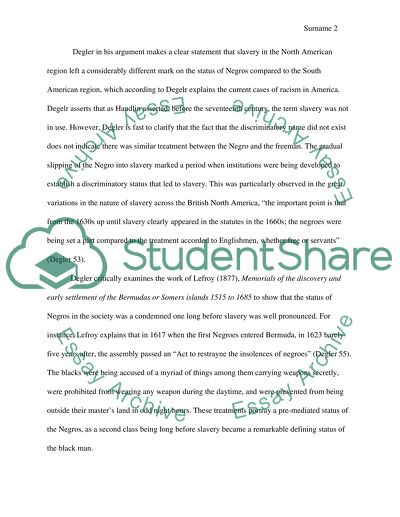Cite this document
(“Analysis of Slavery and the Genesis of American Race Prejudice Article Essay”, n.d.)
Analysis of Slavery and the Genesis of American Race Prejudice Article Essay. Retrieved from https://studentshare.org/politics/1622775-write-a-short-essay-that-analyzes-a-secondary-source
Analysis of Slavery and the Genesis of American Race Prejudice Article Essay. Retrieved from https://studentshare.org/politics/1622775-write-a-short-essay-that-analyzes-a-secondary-source
(Analysis of Slavery and the Genesis of American Race Prejudice Article Essay)
Analysis of Slavery and the Genesis of American Race Prejudice Article Essay. https://studentshare.org/politics/1622775-write-a-short-essay-that-analyzes-a-secondary-source.
Analysis of Slavery and the Genesis of American Race Prejudice Article Essay. https://studentshare.org/politics/1622775-write-a-short-essay-that-analyzes-a-secondary-source.
“Analysis of Slavery and the Genesis of American Race Prejudice Article Essay”, n.d. https://studentshare.org/politics/1622775-write-a-short-essay-that-analyzes-a-secondary-source.


